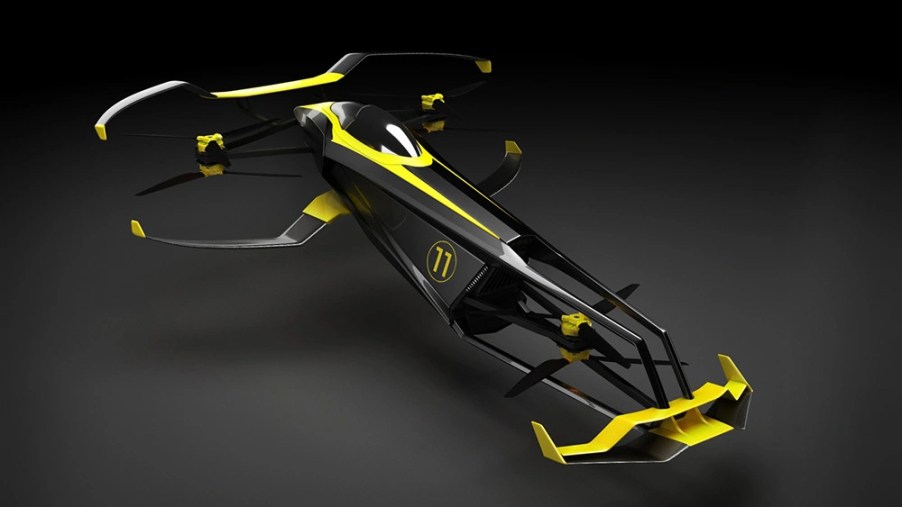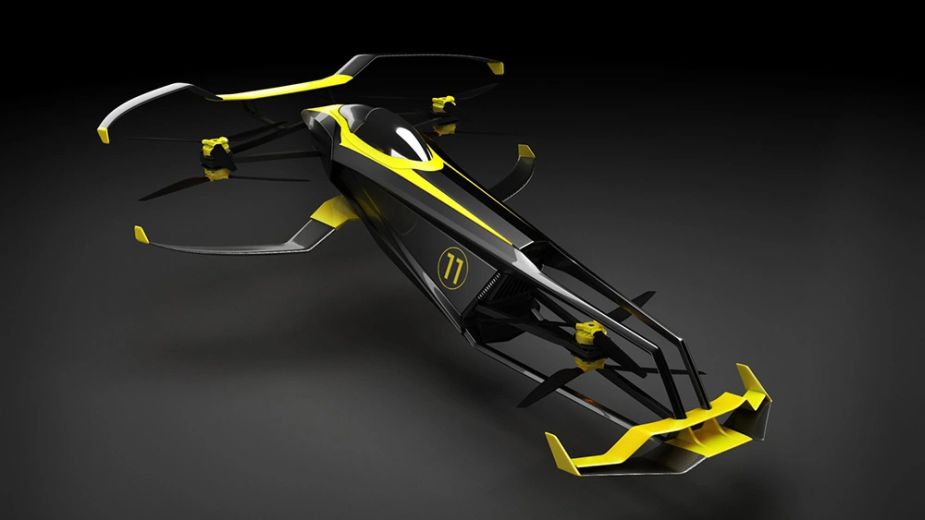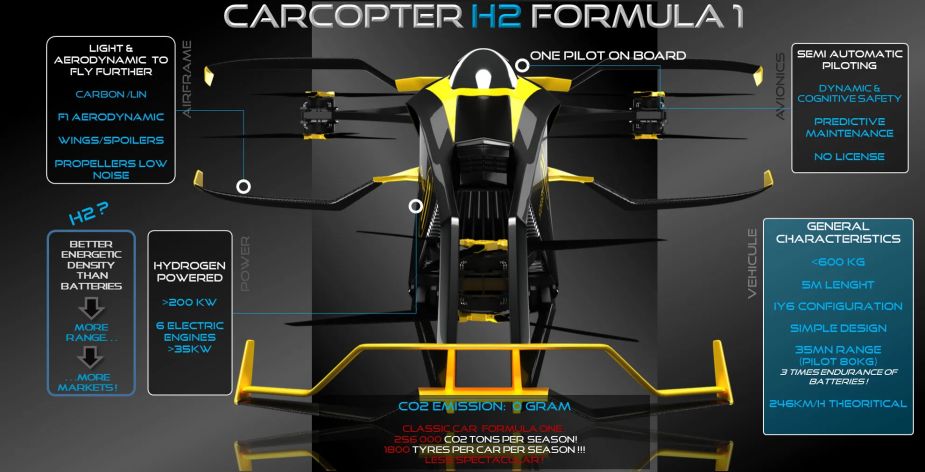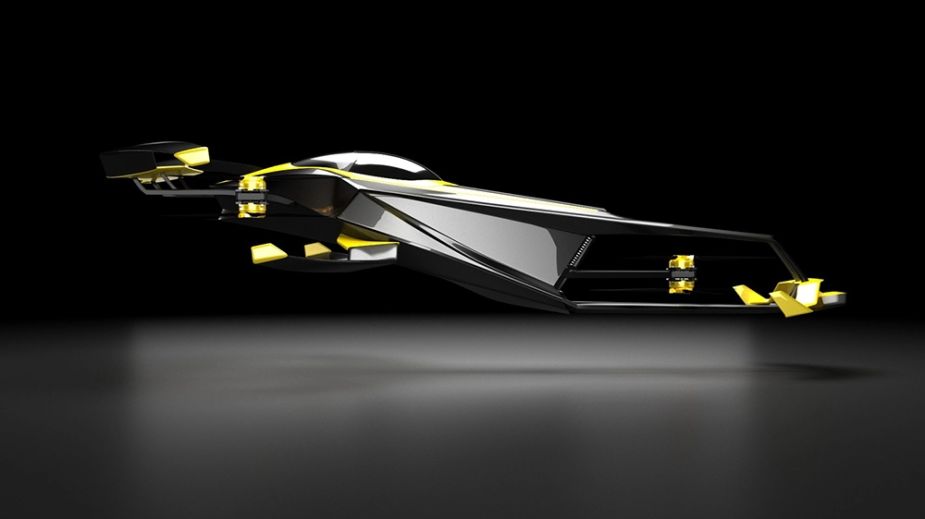
CarCopter Is A 153 MPH Flying Formula 1 Race Car
Another flying car racing series is assembling the necessary cars, flyers, and venues to begin racing. But the racing cars are based on the 153 mph CarCopter S11. And, they’ll be hydrogen-powered. It is manufactured by French-owned MACA, which began development in 2019. That development continues after first being shown at the Consumer Electronics Show in Las Vegas in 2021.
Why is the CarCopter flying car hydrogen-powered?

The design duo of former fighter pilot Thierry de Boisvilliers and former Airbus veteran Michael Krollak, first conceived of a flying car race series. But there could be no C02 emissions. The choice of hydrogen may not be the best for that intent, however. Hydrogen is not the most carbon neutral, due to processing and transportation issues.
Rather than storing electrical energy in batteries, as is done in electric vehicles, with hydrogen power, hydrogen powers a fuel cell. Onboard tanks store the hydrogen. Because weight is critical for flying, the absence of batteries keeps the weight down.
But CarCopter’s designers feel that with hydrogen power, the range limits won’t be as restrictive as battery power. But at least at the race, no emissions will emit from the CarCopters. It has partnered with Swiss-owned GreenGT, which develops electric-hydrogen propulsion systems.
How similar is the CarCopter to the Airspeeder flying car?

The other flying car series, using the AirSpeeder racer, uses battery power. It estimates interruptions for battery changes will occur after about 10 minutes of racing. These interruptions will act as pit stops, with the hope for added drama changing out batteries. CarCopter’s de Boisvillers estimates range to be 35 minutes, but not at full speed that whole time.
The CarCopter is a Verticle Take-Off and Landing craft, roughly 18 feet long, and weighs a bit over 1,200 lbs. It uses very minimalist design discipline, along the lines of ultra-light aircraft. Yet, it has a sleek, contained look, especially with the smaller rotors.
How does the CarCopter actually fly?
The body is a combination of carbon fiber, and also linen, for weight reduction and also environmental impact. Wings and airfoils overshadow those rotors. There are three sets of rotors, with each rotor stacked. They spin in opposite directions, so three spins clockwise, and the other three counterclockwise.
The CarCopter will incorporate Cognitive Technology Collision avoidance. Power comes from six 200 kW electric motors. MACA has not revealed CarCopter’s ceiling altitude.
What controls the CarCopter flying car?

The flight controller is a small circuit board incorporating a processor according to ubergizmo. That controls the motor’s speed, based on input from the pilot’s control stick. Being a multi-rotor craft, the controller and pilot’s inputs become critical components of a successful flight.
For CES, but also to validate the concept for France’s Office National d’Etudes et de Recherches Aérospatiales, MACA built a ½-scale model. ONERA is the country’s aerospace lab and estimated the top speed claimed for the CarCopter. The model uses six 35 kW electric motors and measures about eight feet long.
Right now MACA is not releasing any further information or specifications about the CarCopter, or the racing series. But we’re sure when MACA completes its first testing, we’ll have a lot more to bring you.



